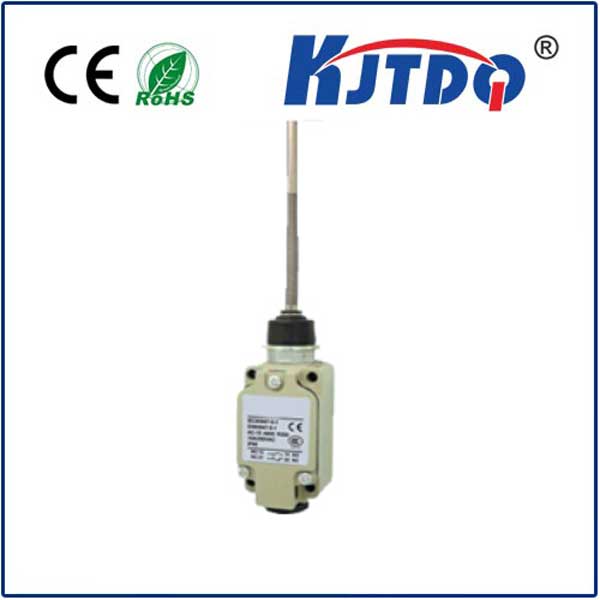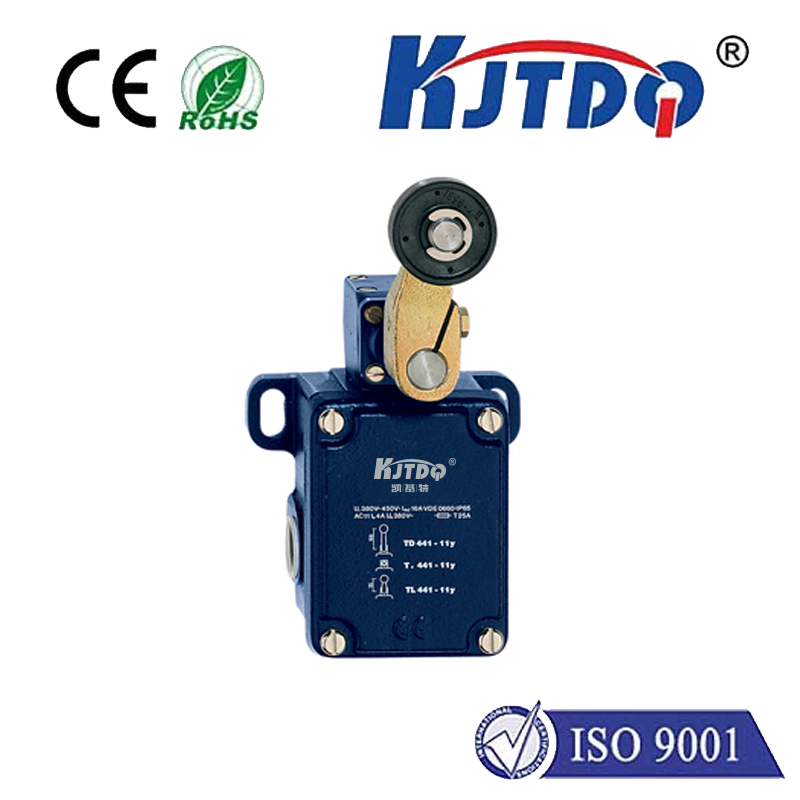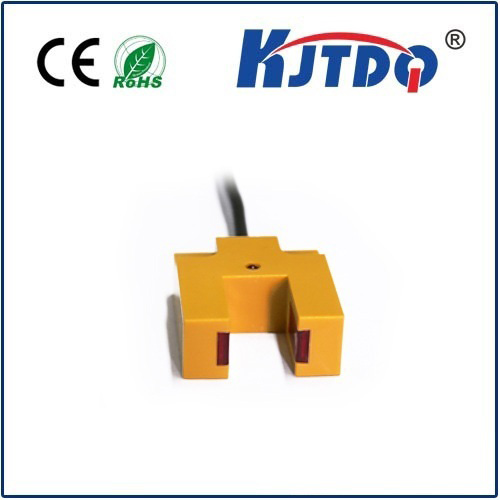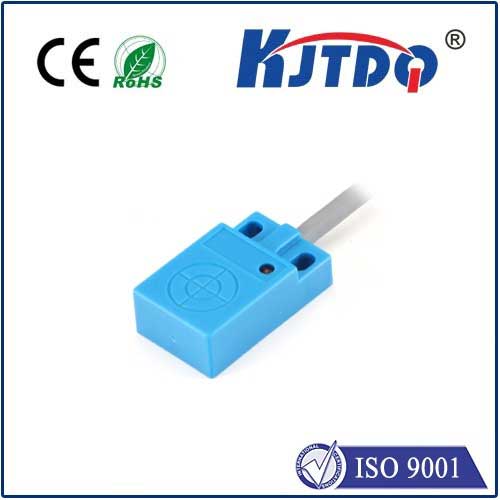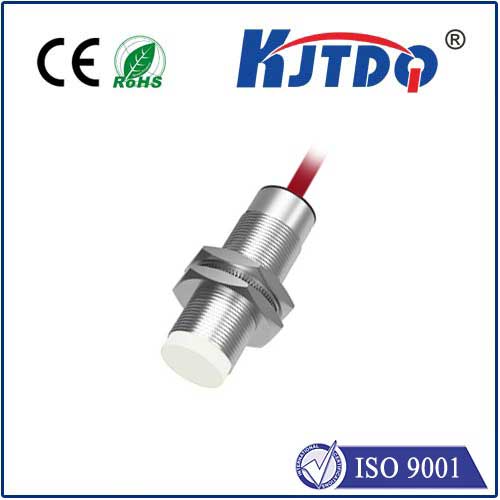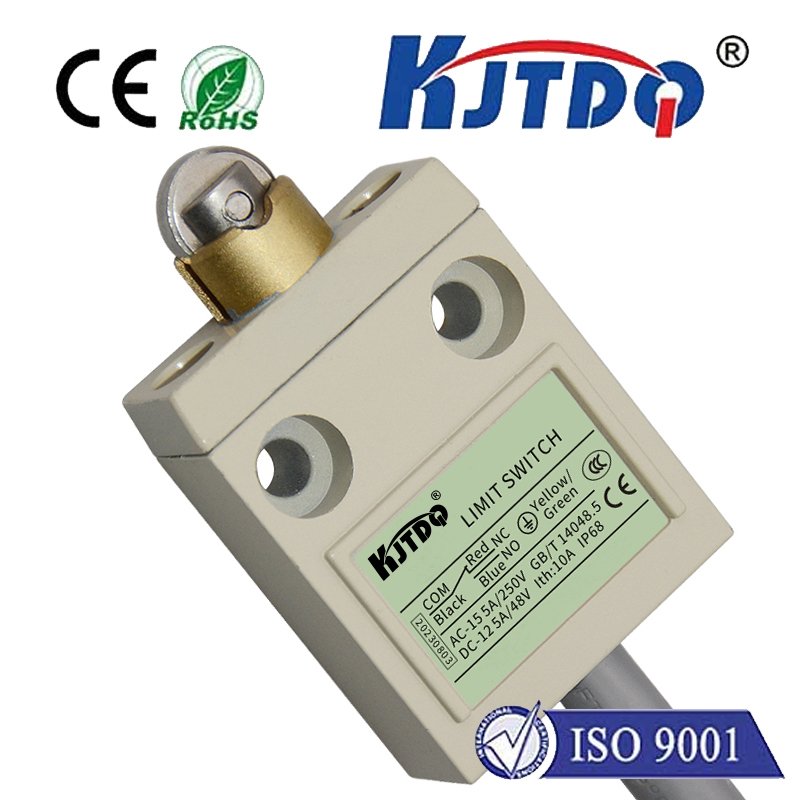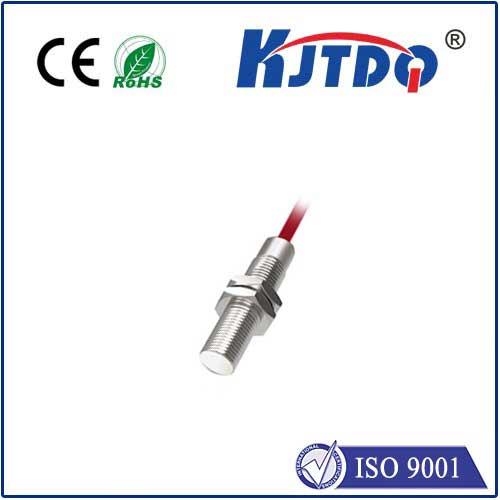ferrous proximity sensor
- time:2025-06-17 01:12:37
- Click:0
Unlocking Efficiency: The Essential Guide to Ferrous Proximity Sensors
Imagine a factory floor humming with precision: robotic arms welding car frames, conveyor belts whisking products along, and packaging machines sealing boxes at lightning speed. Hidden within this orchestrated chaos, countless tiny sentinels work silently, ensuring safety, accuracy, and seamless operation. Among the most crucial are ferrous proximity sensors, the non-contact guardians specifically tuned to detect the presence of iron and steel. Understanding these workhorses of industrial automation is key to optimizing countless processes.
What Exactly is a Ferrous Proximity Sensor?
At its core, a ferrous proximity sensor is an inductive proximity sensor specifically designed and calibrated to detect ferrous metals – primarily iron and steel. Unlike sensors detecting all metals or other materials, its sensing field reacts most effectively to the magnetic properties inherent in ferrous targets. This specialization makes it incredibly reliable and immune to interference from non-ferrous metals like aluminum, brass, or copper, or other materials like plastic, wood, or liquids.
The Science Behind the Detection: Inductive Principle

Ferrous proximity sensors operate on the well-established principle of electromagnetic induction. Here’s a breakdown:
- Generating the Field: Inside the sensor’s active face, an oscillator circuit generates a high-frequency alternating magnetic field.
- Interaction with Metal: When a ferrous metal target enters this magnetic field, it induces small electrical currents called eddy currents on the surface of the metal.
- Energy Absorption: The generation of these eddy currents absorbs energy from the sensor’s oscillating magnetic field.
- Circuit Response: This energy loss causes a measurable change in the oscillator circuit’s behavior – typically a reduction in its oscillation amplitude.
- Signal Processing: An integrated evaluation circuit detects this amplitude change. Once the change exceeds a predefined threshold (indicating the target is within the specified sensing distance), the sensor’s output state switches (e.g., from OFF to ON or vice-versa), sending a signal to the control system.
Why Choose a Ferrous Proximity Sensor? Key Advantages
The specific focus on ferrous metals provides several compelling advantages:
- Target Specificity: Unparalleled reliability in detecting ferrous metals while reliably ignoring non-ferrous metals and non-metallic objects. This is critical in environments where non-ferrous materials might be present nearby.
- Extended Sensing Range: Compared to universal inductive sensors designed for all metals, ferrous proximity sensors typically offer significantly longer sensing distances when detecting iron or steel. This provides more installation flexibility.
- Robustness & Durability: Built for harsh industrial environments. They feature rugged housings (often nickel-plated brass or stainless steel), are sealed against dust and water (common IP67 or IP69K ratings), and immune to vibration, shock, and contamination like oil or coolants.
- Non-Contact Operation: Since detection happens without physical touch, there’s no wear and tear on either the sensor or the target, leading to exceptionally long service life and minimal maintenance.
- High Switching Frequency: Capable of detecting rapidly moving ferrous targets at high speeds, making them ideal for monitoring fast-moving machinery or production lines.
- Simple Integration: Most models feature standardized DC or AC voltage outputs (NPN/PNP transistor, NO/NC contacts) and mechanical designs compatible with common mounting systems.
Where Ferrous Proximity Sensors Shine: Essential Applications
Their unique capabilities make them indispensable across numerous industries and applications:
- Manufacturing & Assembly Lines: Position detection of machine parts, end-of-travel limits for cylinders, verifying presence/absence of ferrous components (e.g., engine blocks, gears), workpiece counting.
- Automotive Production: Monitoring robotic welding arms, verifying frame position, detecting ferrous fixtures, controlling conveyor stops.
- Material Handling: Detecting metal pallets or racks on conveyors, confirming elevator car position, controlling crane hooks.
- Packaging Machinery: Confirming the presence of ferrous cans or lids, detecting metal closures, controlling filling operations.
- Hydraulic & Pneumatic Systems: Cylinder rod position feedback, detecting ferrous pistons or flags.
- Security Systems: Detecting steel doors or hatches opening/closing, triggering alarms for unauthorized access to ferrous containment areas.
Selecting and Installing Your Ferrous Proximity Sensor: Key Considerations
Choosing the right sensor ensures optimal performance:
- Sensing Distance: Determine the required operating distance based on your application. Remember the specified nominal sensing distance (Sn) is for a standard mild steel target; actual range can be less for smaller targets or different ferrous materials. Always allow a safety margin.
- Housing Size and Shape: Cylindrical (e.g., M8, M12, M18, M30) or rectangular block styles are common. Choose based on available space and mounting constraints.
- Output Configuration: Select the correct output type (NPN sinking, PNP sourcing, normally open/closed) and voltage level (e.g., 10-30V DC) compatible with your control system (PLC, relay).
- Connector Type: Pre-wired cables or quick-disconnect connectors (e.g., M8, M12).
- Environmental Factors: Ensure the IP rating suits the environment (dust, water washdown, chemicals). Consider temperature extremes.
- Mounting: Install securely, minimizing vibration. Ensure adequate clearance around the sensing face. Flush mounting is usually required for shielded sensors; unshielded sensors offer longer ranges but require free space around them. Avoid mounting multiple sensors too close together to prevent mutual interference.
Conclusion
Ferrous proximity sensors are fundamental components in the landscape of industrial automation. Their ability to provide reliable, wear-free detection of iron and steel targets, combined with robust construction and long service life, makes them essential for enhancing safety, improving efficiency, and ensuring consistent quality control. From the relentless pace of automotive assembly to precise packaging lines, these specialized inductive sensors play a vital, often unseen, role in keeping the wheels of modern industry turning smoothly. Whether optimizing an existing process or designing a new system, leveraging the power of ferrous target detection offers significant operational advantages.







